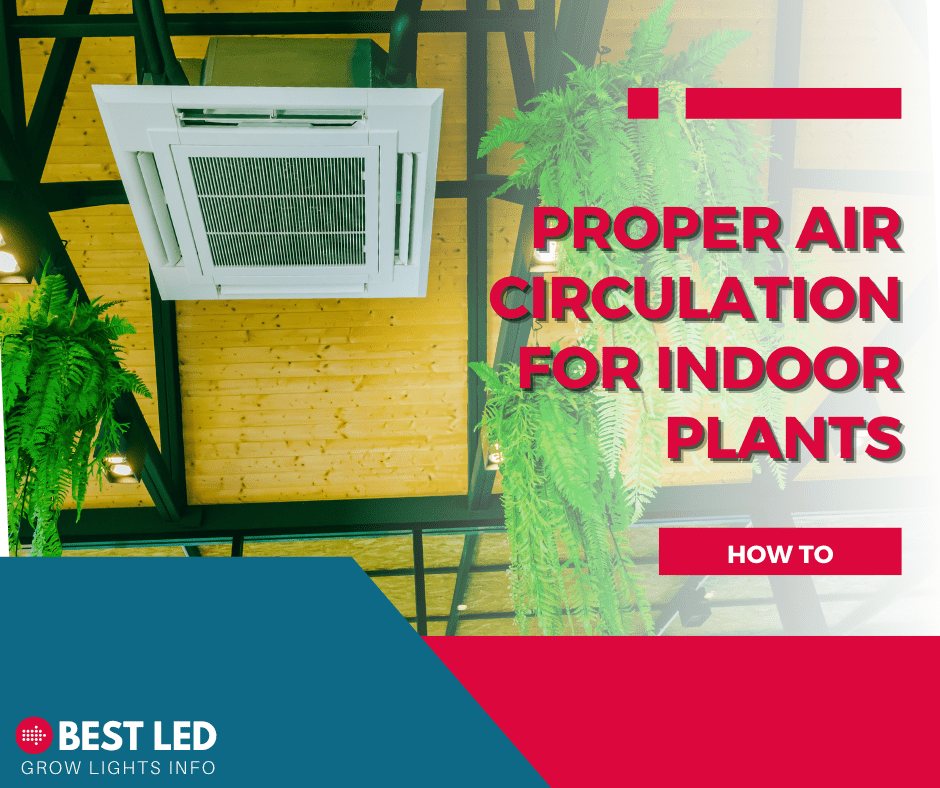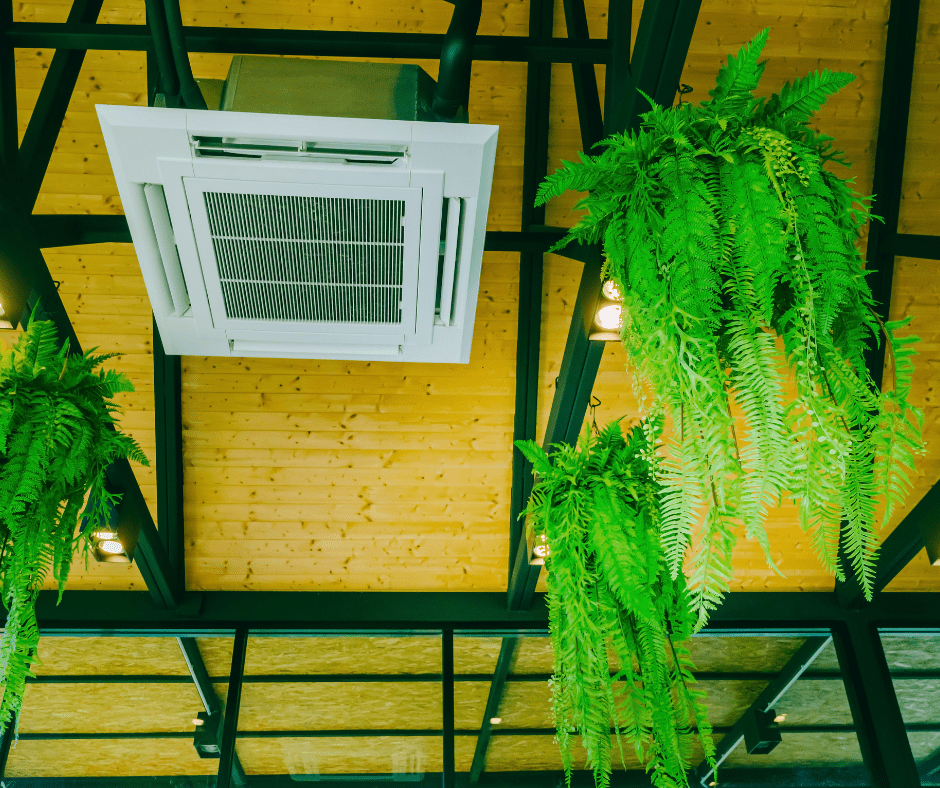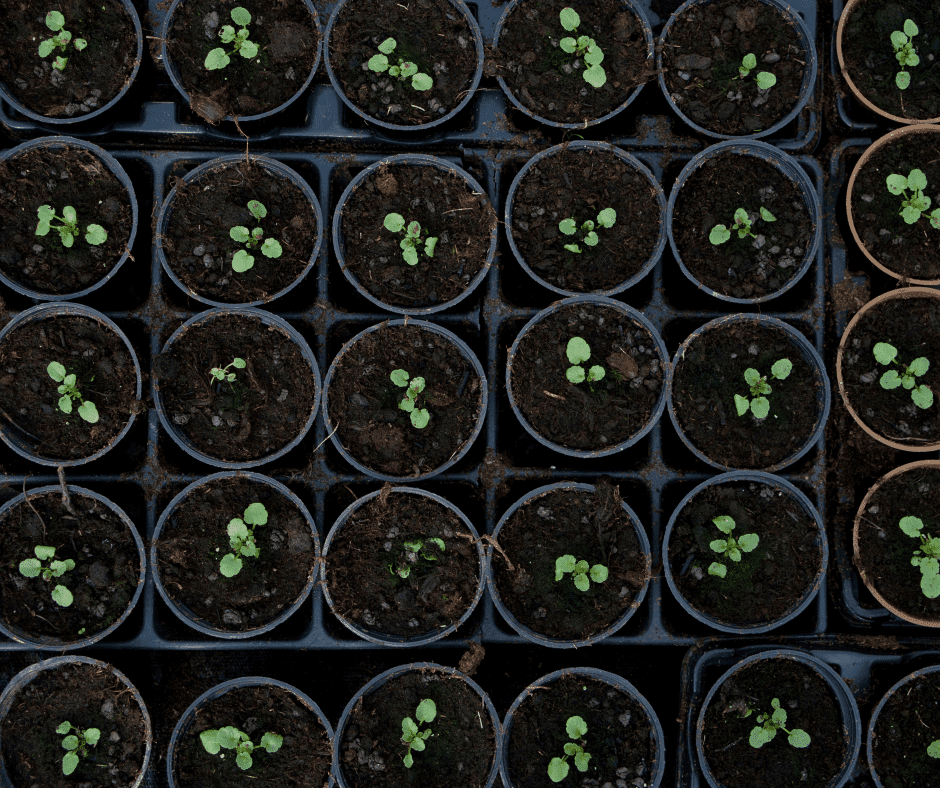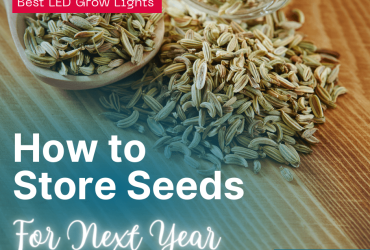Proper Air Circulation for Indoor Plants
Many indoor gardeners underestimate the need for air circulation for indoor plants. Regardless of whether you have typical houseplants or use grow tents, air circulation for indoor gardening is essential for healthy plants and strong yields.
Fortunately, I’ve found that providing enough airflow and proper ventilation is pretty easy. Here’s what you need to know about air circulation for indoor plants, including tips to help improve air circulation in stagnant areas.
Why Air Circulation for Houseplants Is Important
Generally, air circulation is vital for houseplants for one core reason: providing fresh air. Plants need the right temperature and mix of oxygen and carbon dioxide to complete essential processes like photosynthesis. When the air is stagnant, the ratio isn’t usually ideal, which can harm the health of houseplants.
Additionally, fresh air helps avoid issues with humidity. Excess moisture isn’t ideal for most plants, and proper airflow of stagnant air helps to normalize levels in areas where your houseplants live.
In most cases, air circulation for houseplants isn’t particularly hard to achieve since the plants themselves are usually in larger living areas. Simple options like opening windows or using an oscillating fan in their general vicinity are potentially enough. However, the situation is a bit more complex if you have an indoor grow room or use a grow tent.
Why Indoor Grows Need Fans and Ventilation Systems
While having air circulation for houseplants is vital, the issue is even more pressing for indoor growers if you have indoor grow rooms or use grow tents. Along with ensuring proper oxygen and carbon dioxide levels, grow lights and similar equipment produce excess heat that you can cool if you have good airflow. If the heat levels get too high, it can damage your plants. Along with scorching, dehydration is potentially more likely.
Airflow when you’re growing indoors also controls humidity levels and supports transpiration. Plants release water through their leaves, making it easier to take nutrients through the roots. If there isn’t sufficient moisture evaporation, transpiration doesn’t occur correctly. As a result, their growth is stunted, and their health suffers as they end up starved of nutrients. High humidity levels can functionally cause plants to suffocate, too, which makes airflow essential to prevent that issue from occurring.
Excess moisture can also lead to other problems. Mold and mildew are more likely to develop in moist environments. Additionally, high humidity can increase the likelihood of ending up with a variety of harmful pests.
How to Choose the Correct-Sized Fan for Your Grow
Generally, the fan size you need depends on how large the room or grow area is and how plants are positioned. Some grow rooms or tents only need a single, capable fan to get enough airflow. Others may require several smaller but strategically placed fans for sufficient air circulation. The Dreo Tower Fan with 90-degree oscillating, and 466 cubic feet per minute may be what you need if you just need added air circulation.
In most cases, you need a fan with the proper cubic feet per minute (CFM) rating. You’ll need to calculate the volume of your grow room or grow tent first. Simply multiply the height, width, and depth to get that figure.
A CFM number may be enough to determine which fans are best for open rooms. If you’re using a fan in a duct, then you’ll need to factor in the efficiency rate. Usually, the length of the duct is what matters, so multiply the CFM by 3 for long ducts and by 2 for short ducts. Then, you can choose a fan that’s rated above the figure you get.

How to Choose the Right Exhaust System
Exhaust systems help pull old, stale air out of your growing space. Typically, you want an extractor fan that can cycle all of the air in your grow room or grow tent every minute, though one that can accomplish the tasks in up to five minutes may work in some cases.
You’ll start by calculating the CFM using the equation above. If you’re running lights that get hot, add 5 percent. If you’re using carbon air filters, add 20 percent. Increase the CFM number by 25 percent for especially hot and humid spaces.
Once you have the final figurethat ensures you are getting enough extraction to cycle the air within the proper time frame and that at least slightly exceeds your requirements.
How to Maintain the Ventilation
Once you have an appropriate solution in place for ensuring proper airflow for your indoor garden, you need to maintain the system. Generally, your fans and exhaust will operate 24 hours a day every day, so keeping an eye on the equipment is critical. Additionally, follow any maintenance steps outlined in the product manuals to ensure it runs smoothly for as long as possible.
If your ventilation system experiences issues, also look to the product documentation for troubleshooting tips. If you encounter a problem that isn’t resolvable, replacing the part or a new air system segment could be necessary to maintain the ventilation and achieve proper air circulation.
Tips to Improve Air Circulation for Indoor Plants
Consider High-Quality Starter Kits
Putting together your own ventilation and exhaust system from scratch isn’t always easy, so it isn’t necessarily ideal for beginner indoor gardeners. When I first began, I found that high-quality starter kits were far simpler to use. They’ll include all the critical components, allowing you to simply install what’s provided.
If you’re using a grow tent, you can find options that also come with ventilation kits. Since they’re part of the package, the various ducts, fans, and components are explicitly selected to ensure they’re compatible with the tent. That can eliminate a lot of calculations and measuring to ensure the system is the right size.
The VIVOSUN Ventilation Kit with Ducting is one of those kits. It has a 390 CFM rating and speed control and is available in 4 inches, 6 inches or 8 inches. The VIVOSUN Ventilation kit is also available with a thermometer for a slightly higher price.

Don’t Overcrowd
While it’s normal to want to fit as many plants into a grow room or tent as possible, overcrowding hinders airflow and plant growth. Generally, you want to ensure that there’s a reasonable amount of space between every plant. That allows air to move across the entire plant, leading to better overall results.
Add Booster Fans
If you have a grow room or grow tent and use long duct runs to ensure good airflow, adding booster fans can make it easier to improve air circulation. Booster fans essentially augment the primary fans or exhaust. By positioning them at strategic intervals along the duct run, you help the air move in the desired direction.
Plus, adding booster fans may reduce the strain on the primary system components. Additionally, if a main fan fails, the booster fan can provide at least some airflow, preventing complete stagnation while you work on a repair or replacement.
Have Filters on Intake Ducts
Intake ducts bring fresh air into a grow room, making them a critical part of a full ventilation system. Add filters to your intakes if you’re bringing in air from outside. That ensures that any pests that end up near the intake opening don’t get swept into your grow room. Additionally, it can reduce dust and allergens.
Install Exhaust Filters
Carbon exhaust filters help combat odors without hindering airflow. Adding some to your exhaust system reduces the odds that passersby will notice smells that indicate what you’re growing. A great option is the AC Infinity Air Carbon Filter which comes in sizes ranging from 4 inches to 12 inches and has an airflow rating of 1668 CFM.
Many carbon exhaust filters are designed to connect easily to exhaust ducts, ensuring all the air passes through them. The size carbon filter you’ll need usually varies depending on how large your grow space is and the strength of any exhaust fans, so review product information to determine which option is best for your grow.

Balance the Intake and Exhaust Fans
When you’re selecting intake and exhaust fans, make sure the pressure and CFM ratings are as near to identical as possible. That ensures that air moving in and air moving out is appropriately balanced. If there isn’t the right balance, it can impact the air circulation, may lead to stagnation, or could cause various other issues.
If you can’t get fans that are essentially identical in regard to pressure and CFM ratings, opt for the air intake fan to be the slightly stronger of the two. However, limiting the difference as much as possible is still best to get the best result.
Consider Adding a Humidifier or Dehumidifier
Humidifiers and dehumidifiers don’t just promote airflow, leading to better air circulation for indoor plants; they also make it easier to control the humidity in a space. Whether you need a humidifier or dehumidifier depends on how humid your grow space is typically. If excess moisture is a problem, a dehumidifier is a potential solution. For issues with low humidity, choose a humidifier instead.
Ideally, you want a humidifier or dehumidifier with a built-in hygrometer for detecting the humidity level in your space. Systems that turn on and off automatically to maintain the desired humidity level are also preferred, as they require fewer manual adjustments.
However, consider having several separate hygrometers within larger grow rooms. That allows you to monitor the humidity levels across the entire space, not just near the humidifier or dehumidifier. Then, you can adjust your system as needed to ensure that the general humidity level in the whole room is ideal for optimum growth.

Enjoyed this post? Pin it!






